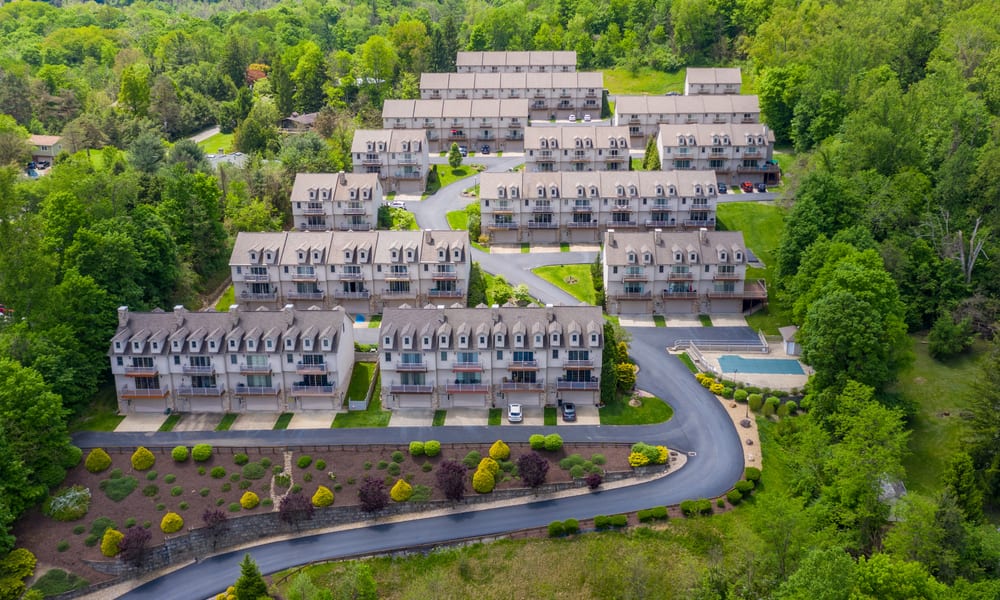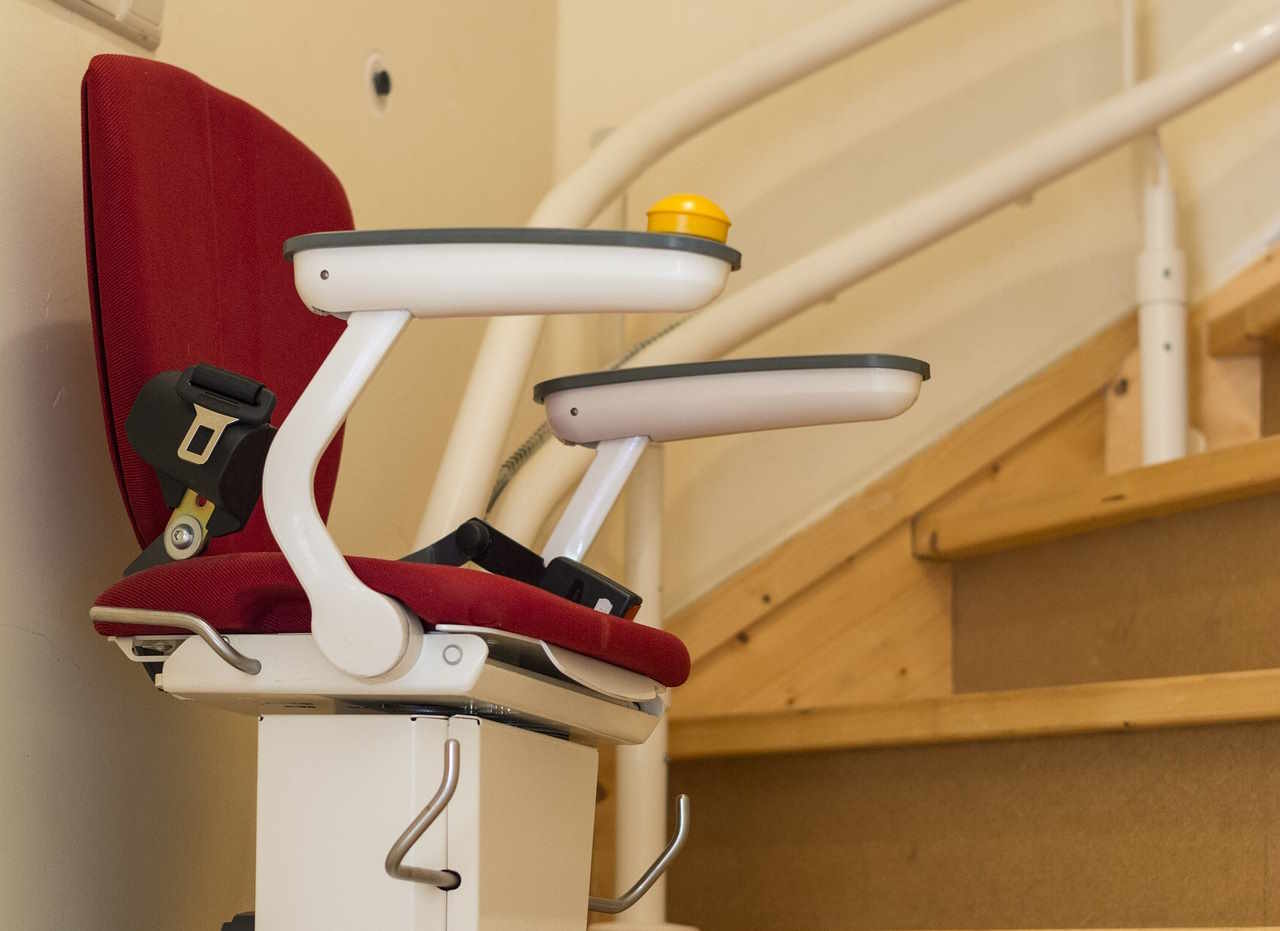Unveiling the Prospects of Tiny Home Investment in the Real Estate Market
Introduction: The tiny home movement is taking the real estate market by storm, challenging traditional notions of living space and investment strategy. This growing trend advocates minimalism and sustainability, offering new investment prospects for savvy investors.

A Brief History of the Tiny Home Movement
The tiny home movement can be traced back to the 1970s, with its roots in the countercultural movements that championed simplicity and self-sufficiency. However, the movement gained significant momentum after the 2008 financial crisis when many people started to downsize their lives due to financial instability. Today, it represents a shift in societal norms and values, emphasizing quality over quantity, freedom over possession, and sustainability over waste.
The Current State of Tiny Home Investment
The current real estate market sees an increasing interest in tiny homes as a form of investment. The demand for these homes has grown, not just from individuals seeking a minimalist lifestyle, but also from investors recognizing their potential for high returns. The high rental yield, low maintenance costs, and growing popularity among tourists and travelers make tiny homes a promising investment opportunity.
Pros and Cons of Investing in Tiny Homes
Investing in tiny homes comes with its unique set of advantages and challenges. On the positive side, the initial investment is low compared to traditional properties, making it more accessible to investors with a smaller budget. Tiny homes also have lower operating costs and are easier to maintain. However, like any investment, there are also risks involved. The market is still relatively new and less predictable, and regulations around tiny homes can vary greatly from one location to another.
Impact of Tiny Home Investment on the Real Estate Market
The rise of tiny homes as an investment option is influencing the real estate market in various ways. It’s encouraging a more sustainable approach to housing, with smaller footprints and less energy consumption. This trend is also leading to a diversification of investment options and strategies in the real estate industry.
Looking Ahead: The Future of Tiny Home Investment
Given the current trajectory, the future of tiny home investment looks promising. As more people embrace minimalism and seek affordable housing options, demand for these properties is likely to grow. For investors, this presents an opportunity to diversify their portfolio, tap into a new market, and potentially reap substantial returns.
In conclusion, the tiny home movement is more than just a passing trend. It represents a shift in how we perceive housing and investment, offering new opportunities in the ever-evolving real estate market. As an investor, it’s a trend worth watching and possibly investing in.




